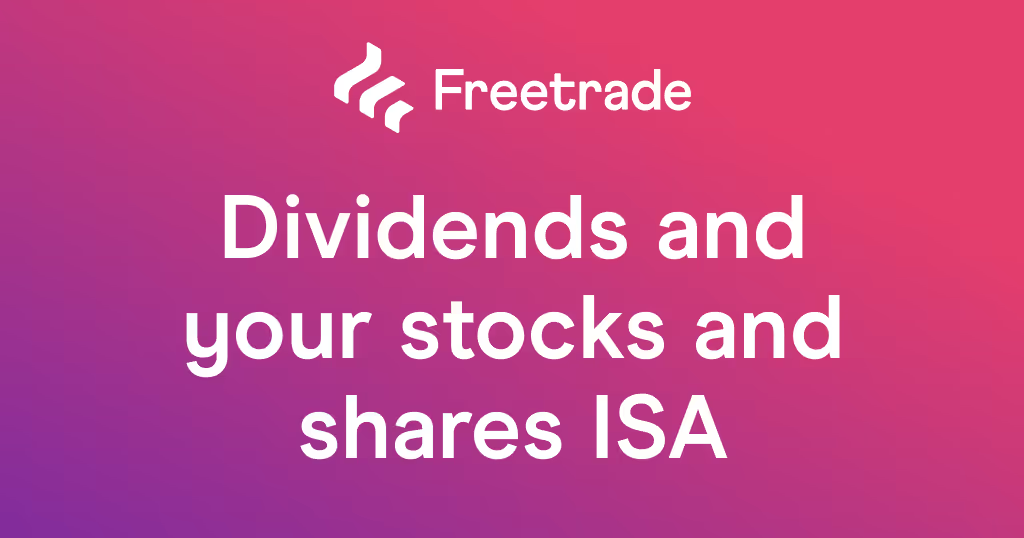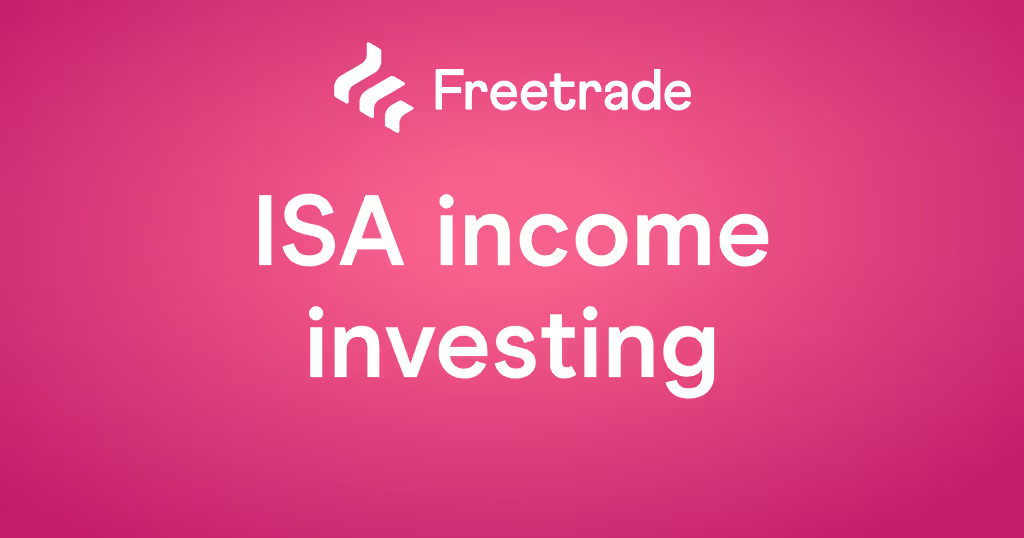When you are searching for your portfolio’s next investment fund, it can be easy to be swamped by the sheer number of articles and listicles promising to offer the ‘top’ or ‘best’ vehicle.
Financial publications, investment platforms, asset managers, and more besides all seem keen to share their two cents on the best investment funds for your money.
With so many lists out there presenting different ideas, how can you make sure you are using them sensibly? With that in mind, we’ve put together a few top tips for using ‘top funds’ lists to find your next investment and build your portfolio.
These tips can apply to mutual funds and Exchange-Traded Funds (ETFs), but as Freetrade has recently begun offering commission free mutual fund investing we are going to focus on them. Other charges may apply.
1. Use ‘top funds’ lists for screening and discovery
The first thing to consider is your expectations when surveying a ‘top mutual funds’ list. Effectively, what these lists offer is a shortcut to discovery. There are an absolute mountain of mutual funds and ETFs out there, making it challenging to actually zero-in on the funds you might actually want to invest in.
Much like when you visit the cereal aisle at your local supermarket, you might find that too much choice can be paralysing.
A list cuts through this and presents you with a few funds that someone thinks are worth investing in. That’s a start, and brings us nicely on to our next point.
2. Check the sources
It’s important to keep in mind that some sources may be better than others when it comes to investment recommendations.
Here are some factors to keep in mind:
- What are they getting out of it? Some sources might have agreements in place to promote or market certain funds or asset managers. They might even be asset managers themselves!
- What is their track record like? Using a trusted and reputable source is a good idea. If you are unsure, check some of their other content, look them up on websites like Trustpilot and check how some of their previous fund or stock picks have performed compared to their assessment.
- What are they basing it on? Is there some kind of stated methodology or criteria that the list compiler has shared with readers? Do they go into detail about their reasoning for individual recommendations, or is the writer vague?
This is not to suggest that lists are inherently disingenuous or misleading. Many are well-researched and comprehensive. But as a reader, it can pay to evaluate the quality of a list to make sure it’s worth your attention.
3. Keep recency bias in mind
Depending on the nature of the ‘top funds’ list you are using, the funds you discover might fall into the category of ‘flavour of the month’. A strong month or year of growth might be enough to earn a fund a place on a list of recommendations, but recent success is no guarantee of positive future performance.
Simply put, you might end up buying high and selling low - the complete opposite of what an investor should be aiming for.
4. Think about what’s right for your portfolio
It’s crucial to consider how well any new investment will fit into your portfolio. A new mutual fund is no different. Consider how any new investment aligns with your investment goals, horizon, risk tolerance, need for diversification, and personal philosophy or moral outlook.
Think about different asset classes and different types of mutual funds to help you here. You should also read a fund’s Key Investor Document (KID) to learn more about how the fund works.
Here are a couple of example scenarios.
Example 1: Doubling up
You might find a list of top mutual funds recommends a European energy stocks fund that has racked up healthy returns for a few years. The source might be reputable and the recommendation sensible, but you already have another European energy stocks fund in your portfolio.
Looking at different sectors or geographies can be a good way to diversify your portfolio and avoid putting all your eggs in the same basket.
Example 2: Short-term investing
You are saving for a new home and hope to purchase in the next couple of years, having saved most of the deposit. On a list of the best mutual funds, you see an eye-catching recommendation for a mutual fund heavily weighted towards US small-cap stocks.
However, this might not be in your best interests due to the potential volatility of these assets and the relatively short amount of time until you will want to sell your investment.
Searching for something offering a bit more stability, such as a bond-heavy fund, might be a better option here.
Think about fees
Investment fund management fees can vary significantly, spanning from around 0.05% to over 1% per year. Passive funds tend to have lower fees, and actively managed funds have higher fees. There can be great reasons to invest in funds with high fees, but keeping these costs in mind is important and can help you to decide between comparable funds.
That’s because even though 1-2% does not sound like a lot, it can have a serious impact on your investment’s value over time.
In the graph below, we compare the portfolio value of £10,000 invested into two different funds that earn 7% gross returns. The only difference between the two? The 0.1% fee for Fund A, and the 1.2% fee for Fund B. After 20 years, the difference in value is a whopping £7,097.
_240925%2520(2).avif)
5. Beware of chasing the ‘winners’
As we’ve already covered, browsing mutual fund lists can be a great way of discovering your next investment. But obsessively chasing winners could damage your portfolio. Obsessive tinkering or over-trading is one of the most common mistakes traders make, especially if looking to build a fund portfolio for the long term.
Additionally, some funds aim to achieve their stated objectives over a period of five years or more, so abandoning ship for something else after just a matter of months might not always be the smartest decision.
That’s not to say that chasing winners never works.
Capital at risk. The value of your investments can go down as well as up and you may get back less than you invest.
Freetrade does not give investment advice and you are responsible for making your own investment decisions. If you are unsure about what is right for you, you should seek independent advice.





%2520(1).avif)







